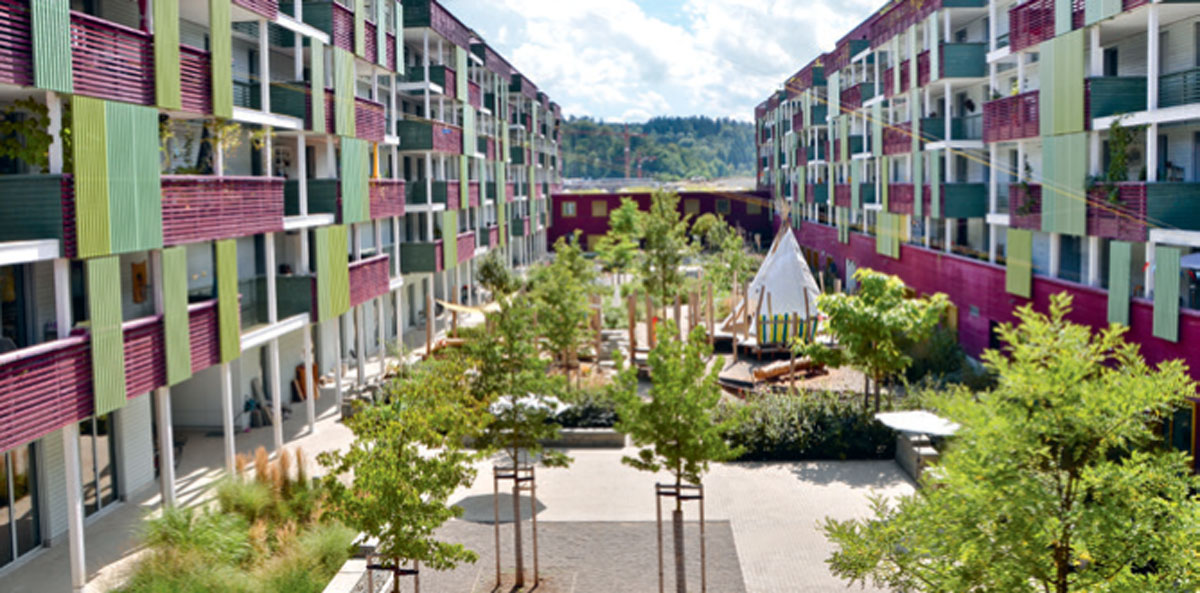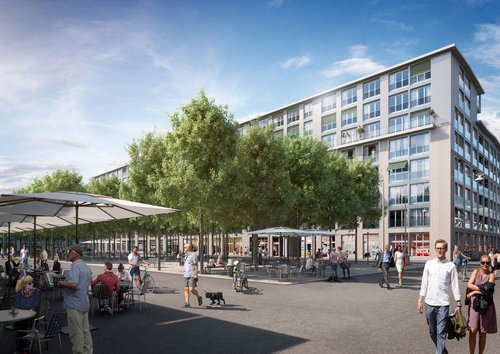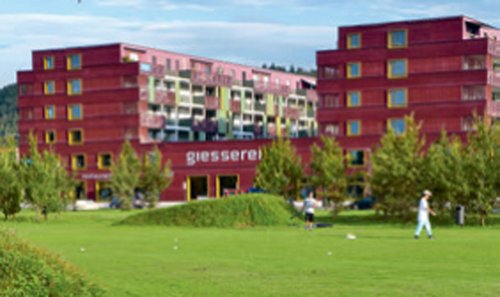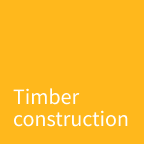
The needs of the residents decide

Mr Zemann, what challenges does Gesewo face today?
Like most housing and housing cooperatives in the larger cities, we are an important developer, but it is becoming increasingly difficult for us to find suitable plots or properties. Unlike institutional investors, we cannot jump over our economic shadow – keyword negative interest rates – and pay the sometimes exorbitant prices.
"As the 'Foundry' project shows, timber construction also works very well from an economic point of view."
How does Gesewo address this problem?
On the one hand, we are very flexible and have a diversified portfolio. Our largest project, the "Giesserei" in Winterthur, has 151 flats, while our smallest property has only four units. On the other hand, interesting projects keep coming up for us. Currently, for example, the "Lokstadt" on a former industrial site in the middle of Winterthur. Together with Implenia, we are building one component of the "Lokstadt", the "Krokodil" house, in timber construction. In this project, the design plan already stipulated that 30 percent of the residential use must be realised by non-profit developers. We have to seize such opportunities.
What are the most important criteria for you when making building decisions?
For us, sustainable construction is of central importance. At the same time, however, our main concern is to meet the specific needs of future residents. That's one of Gesewo's special features: as a rule, the first thing that comes together is the so-called house association, i.e. the community of residents. Only then do we make joint construction or purchase decisions.
With the "Giesserei", Gesewo has already set an example for timber construction in urban areas. Why is wood now also the first choice for the "Lokstadt"?
In the case of the multi-generation house "Giesserei", timber construction was already an integral part of the concept of the then already existing house association, which joined us. In the case of the "Krokodil", too, timber construction was more or less an obvious choice, since the design plan provides for compliance with the goals of the 2000-watt society. This requirement was the decisive criterion for us to apply for this exciting project.
What experience have you gained in timber construction in the meantime?
We see wood as a sustainable, energy-efficient and thus contemporary building material that also offers numerous advantages in production and assembly thanks to a high degree of prefabrication and independence from the weather.
At the same time, however, timber construction also poses specific requirements. For example, due to the special statics or the shorter spans, planning down to the smallest detail is necessary. For example, the building services engineering must be included at an extremely early stage, as subsequent changes are difficult to implement. On the other hand, this additional effort in advance offers the advantage of increased cost security and faster and more precise execution.
All of this was exemplified by the "Giesserei": Thanks to an optimally composed general planning team, which brought together architects, timber engineers, civil engineers and building technicians as well as Implenia's experienced timber constructors, it was possible to achieve a high degree of planning accuracy. This in turn was crucial to the success of the project.
What are Gesewo's plans for the future in terms of timber construction?
Based on our experience so far, everything speaks in favour of timber construction for future projects. We pay attention to the lowest possible environmental impact in all our activities. In addition, it is a central concern for us that we can offer our members a healthy and pleasant living environment. Wood is ideal for this, and as the "Giesserei" project shows, timber construction also works very well from an economic point of view.




